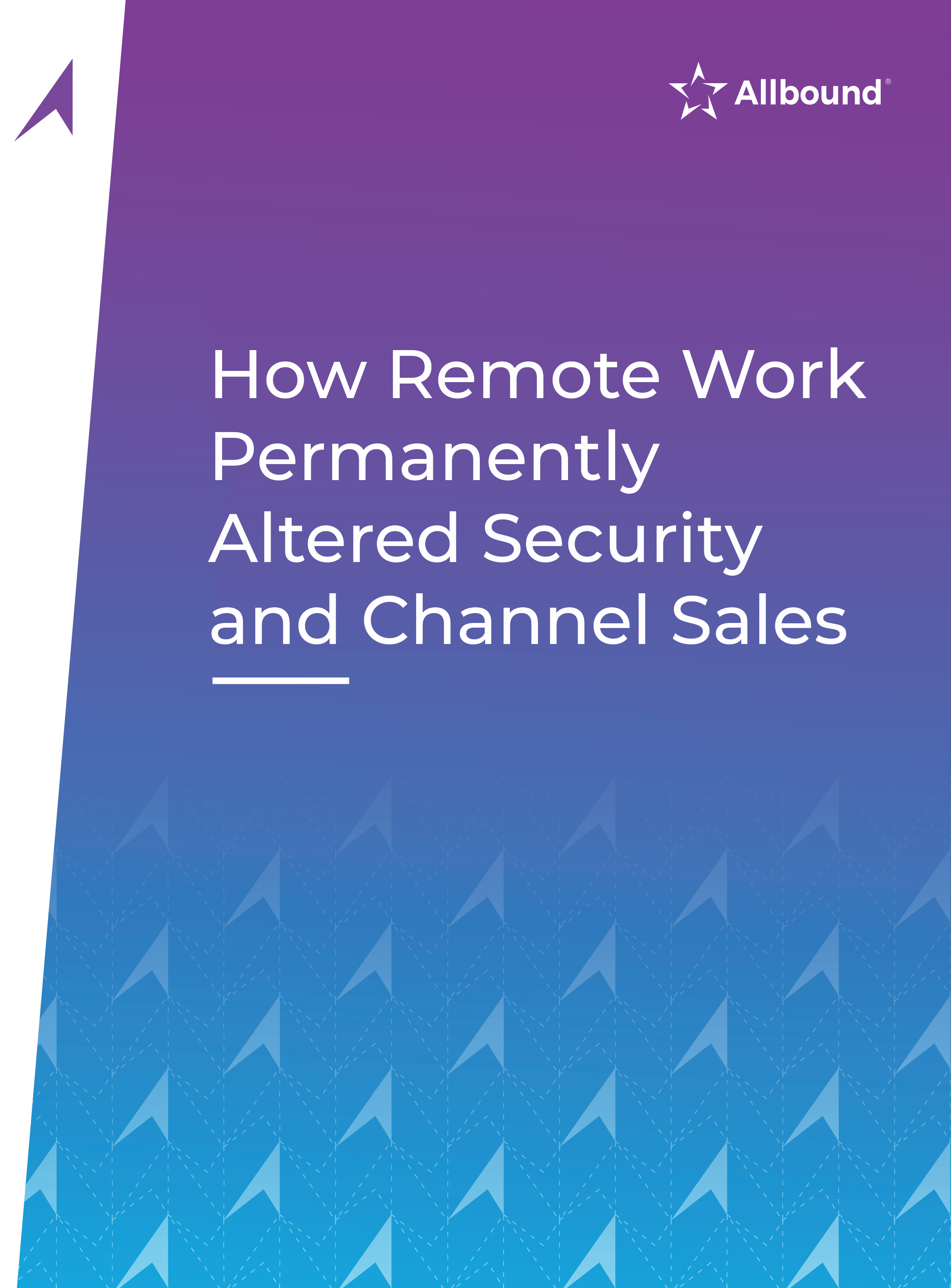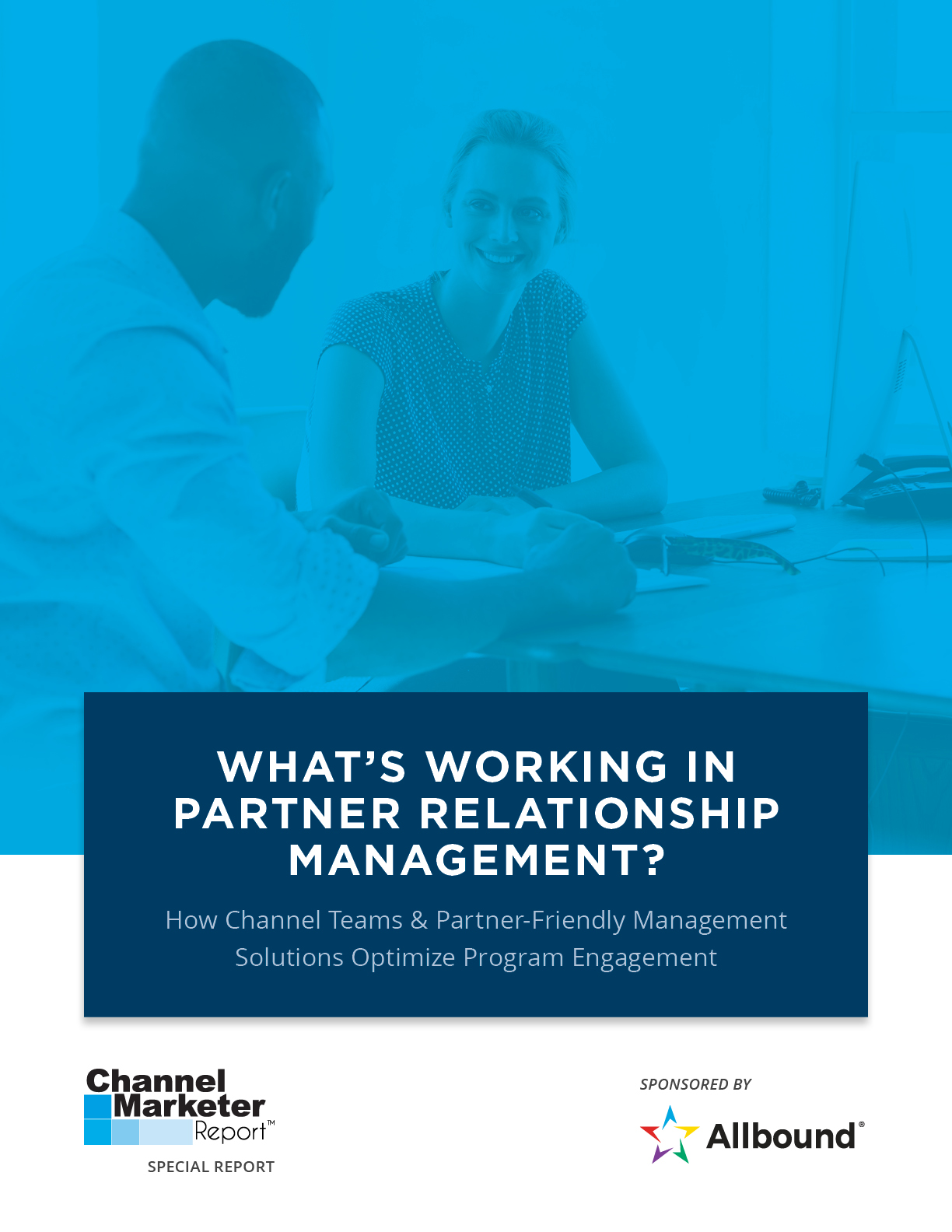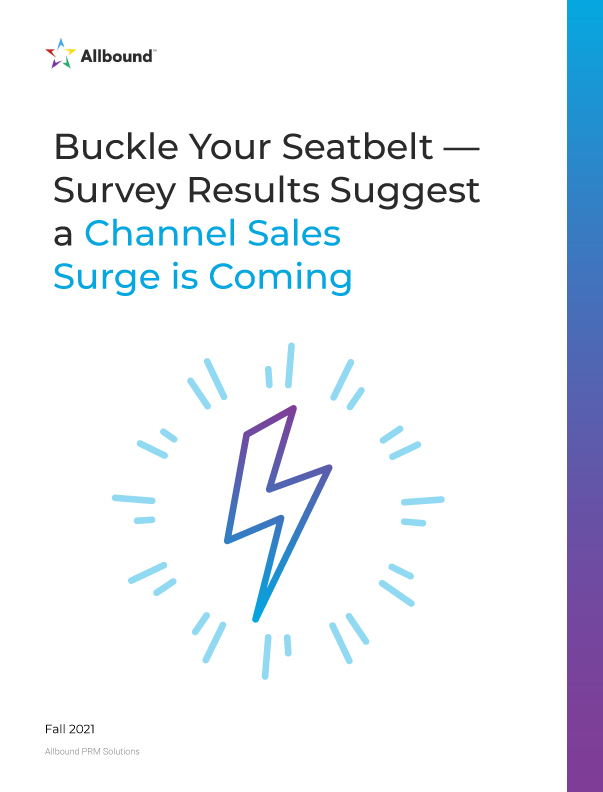Topics
The CMR Roundtable: Optimizing Channel Marketing Enablement
Depending on how you look at it, channel marketers either have a very bright future, or, man, do they have a lot of work to do. As channel programs becoming increasing more successful at driving B2B sales, companies are striving to improve on their performance. And at many businesses that rely exclusively or mostly on direct sales, replicating the success of their channel-centric competitors is compelling them to explore their own channel opportunities.
Even with momentum behind them, clearing higher revenue bars will be tough enough for channel teams. And as more and more companies begin to compete for the attention of already ADD-afflicted partners, channel marketers are really going to have to be on their game in this year.
As 2017 came to an end, Channel Marketer Report invited a diverse group of channel professionals to join a virtual roundtable on the future of channel marketing. During the hour-long conversation, the channel pros discussed the challenges they expect to face as well as the opportunities that make it exciting to come to work every day.
Enabling partners to play a more effective role in marketing themselves as well as the vendors they represent was discussed widely. As channel marketers look across the increasingly diversified ecosystem of partners, providing effective marketing tools and support is an ongoing challenge.
Channel marketing enablement ranked high as top priority for the panelists. Here are some of the opinions and insights they shared on the topic. We’ll share more comments from these channel professionals and other roundtable guests in future articles.
Showing Partners A New Way
Lisa Penn, Senior Director, Global Channel Marketing Strategic Initiatives, SAP

Lisa Penn, Senior Director, Global Channel Marketing Strategic Initiatives, SAP
“Enablement remains a key focus for us from a sales and marketing standpoint. The key for us is not only to provide the tools and the services for the partner, the right messaging, the right self-service tools, the right full-service tools, but to help them understand why they should get engaged.
“A lot of our partners come from a mindset of, ‘If it’s working for me today, then why should I stop what I’m doing? It’s working for me now, I’m generating what I need to and there’s really no need for me to change.’ What we’re trying to do is identify and help partners to understand why they need to modify their behavior. We often find situations where they simply don’t have the knowledge, they don’t understand why to change, and furthermore, they’re not sure how to change.
“So by providing education and helping them to understand the trends of the marketplace today, we pull it away from what SAP wants them to do and we position it as, ‘Here is how the marketplace behaves today. Here is where your customers are. Here’s how they define the vendors that they’re going to work with.’
“If we can provide them with that mindset, it actually achieves two goals. Number one, it helps them to position their marketing campaigns to their stakeholders, in an intelligent manner. And then number two, it helps us to better position the tools and services we’re offering. We can tell them, ‘Here’s what the marketplace is doing today. Here’s where your customers are. Here are their behaviors, and here are the tools that can help you to reach them effectively.’ So, the approach that we’re taking is educate and then promote, and let that help to drive the adoption and the engagement by the partner community.”
Hands-On Support From Big Blue
Jacqueline Woods, Chief Marketing Officer for IBM Global Business Partners

Jacqueline Woods, Chief Marketing Officer, IBM Global Business Partners
“At IBM, marketing enablement is focused on how we can really help partners to create their own campaigns and essentially put those into market, to generate demand and to generate leads. I would argue that probably all of my peer companies also have very focused efforts on how they help companies make better use of their marketing plans and enable them to perform better in the marketplace.
“That can be done in a number of ways, whether it’s hands-on in individual workshops, utilizing marketing tools from IBM’s digital marketing platform, or working directly with the tier one distributors that most of the partners ladder up to. The latter allows us to really have a very consistent presence across a broad group of partners, which I think is really important.
“The notion of concierge services or other specific types of hands-on development is critically important too. You have to know what type of partner you’re dealing with. Most of us are selling to not just resellers, but we’re working with SIs, ISPs, CSPs, MSPs. It depends on what type of business the partners are in themselves and what they’re selling into the marketplace, in terms of how you’re going to help them improve demand for their solution in market.
“Today, most of our partners’ solutions are not monolithic or one-dimensional, they tend to be multi-vendor solutions. So you really have to help the partner understand how they bring together a comprehensive set of products and their individual value propositions and integrate them into on unique and cohesive message for the marketplace and their desired target segments”
Addressing Partner Requirements – Big and Small
Brian Gilbert, Global Director of Channel Marketing, SAP Concur

Brian Gilbert, Global Director of Channel Marketing, SAP Concur
“We are in the midst of launching a marketing automation platform for channel partners as we speak. We are loading it with content and getting engagement and feedback from our most highly engaged and excited partners.
“We’re taking a mindset of trying to make it easy for partners to engage, knowing that we have a broad range of partners ranging from very large multinational partners who have thousands of sales reps and hundreds of marketers, to very small solution providers and system integrators that run the entire mix.
“The larger enterprises that we’re engaging with want to be able to leverage a lot of their own tools and technology to drive demand. So we’re trying to curate a lot of the assets in our marketing automation platform to be that one-stop shop for all of the content, whether that be thought leadership assets or social media content.
“Our larger partners can take the content that is most relevant for their target audience and their go-to market plans and plug it into their own existing infrastructure and their own go-to market strategies.
“The partners that may be more resource challenged or smaller are very excited around the tools and technology that allow them, from a self-service capability, to do some things that they were challenged or simply didn’t have the technology and tools to execute and drive demand at scale within their prospects and their client base.
“From that standpoint, we are essentially just trying to say, ‘How can we make it as easy as possible and accessible as possible for those partners to engage?’
Priming The Pump for Automotive Insurance Products
Tricia Wiese, Assistant Vice President of Marketing, Zurich North America

Tricia Wiese, Assistant Vice President of Marketing, Zurich North America
“One of the customer groups and channel partners I support is automotive dealerships, where we provide property and casualty insurance to dealerships, as well as finance and insurance (F&I) products to car buyers. These are your vehicle service contracts, your maintenance plans, tire and wheel, all of those products that you purchase when you’re inside the store, purchasing your car so you have peace of mind throughout the ownership lifecycle of your vehicle.
“During the last couple of years, the demands of the car buyer have changed dramatically. They are demanding more control in the process. There’s been a lot of research out about car buyers feeling pressured to make a decision on purchasing vehicle protection products when they’re in a dealership’s business office, ready to sign for that car.
“According to our research, car buyers are saying, ‘If we are aware of, and understand, these products before we sit down in that office, we are much more likely to purchase one of them at the time of sale. But we want to be educated before we go in there.’
“Many dealerships are trying their best to create their own online videos and related content to introduce these vehicle protection products. But we are taking it one step further. Zurich is in the infancy stages of initiating a through-channel marketing solution to support content syndication for our dealers
“We’re still exploring the full potential of online F&I consumer education which started first with a pilot program to learn how to work most effectively with our distribution channel. Today, we are investing in improving the customer experience for automotive dealerships by providing more education about our products in the form of Zurich developed videos and interactive materials that are distributed to dealership websites via this through channel marketing platform.
“Now dealerships can put this content when and where their prospective car buyers want to view it, anywhere on their website, anywhere during that car buying/research process.
“As mentioned, we recently completed the pilot, to test this type of campaign, and are in the midst of offering the solution to our customer base. Dealerships are lining up to receive this content on their websites. It’s a very simple process for them to implement, which is what they love. Yet we can still control that content, which is important if our products change. If the features or benefits of one of those products have to be revised, we can do that on the fly. That’s important to the dealerships, too, to make sure they’re transparent to the consumer, but also important to us for compliance.
“Our next step is to create additional campaigns to engage with those car buyers. Provide a platform for them to self-select the products they are interested in purchasing or have additional questions about. Additionally, if those car buyers are not purchasing a vehicle protection product, how do we re-engage them after the sale?”









